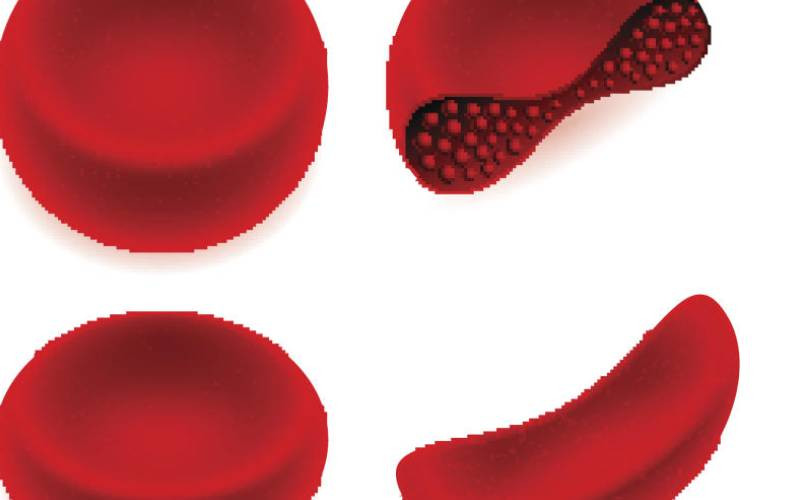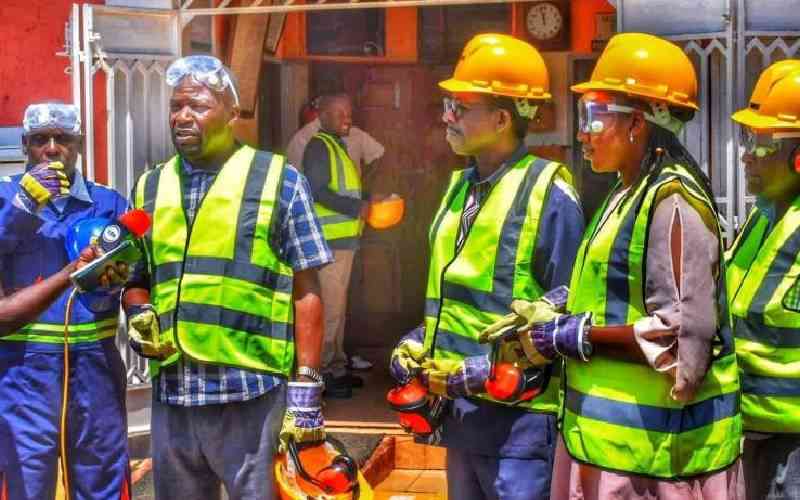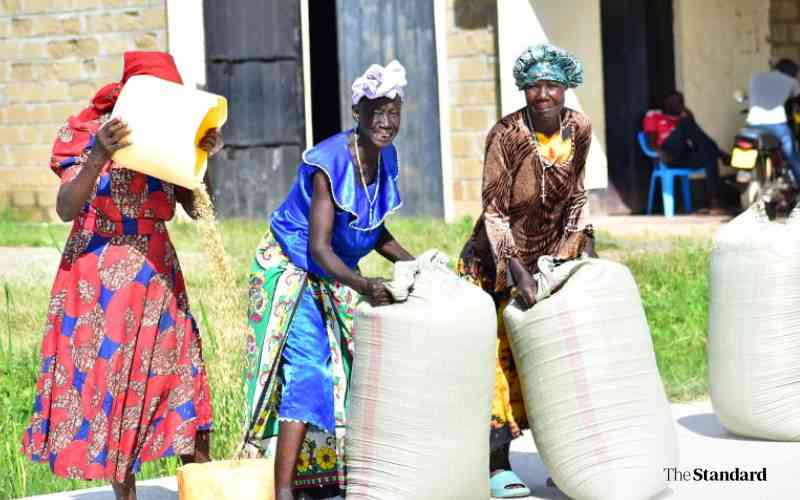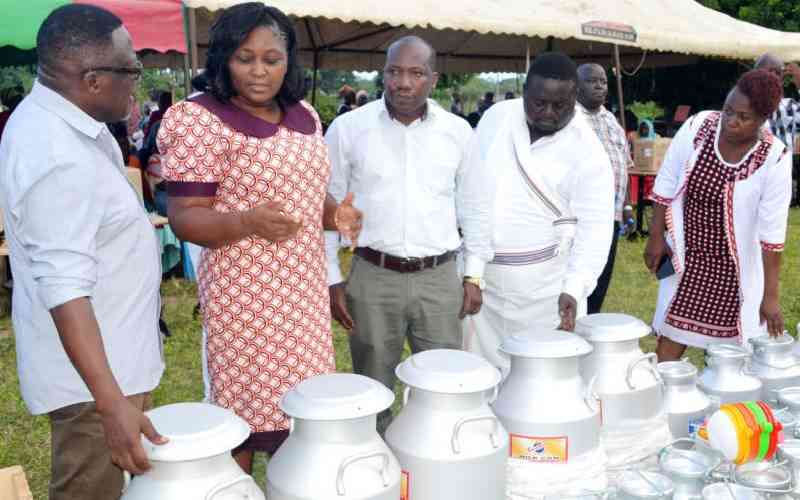War on sickle cell disease hindered by stigma, budget cuts

[File Courtesy]
Sickle cell disease (SCD) warriors have launched a campaign to end stigma and raise awareness about the condition, which they term a major health challenge in Western Kenya.
The warriors, many of whom have endured lifelong discrimination, have formed advocacy groups to educate the public and call for greater support from local authorities.
Sheliza Ambila, 27, a sickle cell warrior and advocate, shared how personal experiences of stigma and rejection inspired her to form a support group for patients in Kakamega County.
“I started this group because many of us suffer in silence, facing rejection, discrimination, and even suicidal thoughts due to isolation and misunderstanding,” said Sheliza.
"There are still many harmful myths around sickle cell disease. It’s not a death sentence, nor is it witchcraft; it’s a genetic blood disorder, and anyone can carry the trait,” she added.
Ambila criticised the limited health budget allocations in the county, arguing that this undermines the availability of life-saving medication for sickle cell patients.
“Many carers are struggling to access proper care for patients, and lives are being lost due to underfunding,” she added.
She also highlighted the stigma in marriages, where blame for having children with sickle cell is often placed unfairly on the woman, leading to conflict and even divorce.
The warrior urged couples to undergo sickle cell trait testing before marriage to reduce the likelihood of giving birth to children with the disease.
“In Mumias alone, I support over 300 warriors who receive treatment at St Mary’s Hospital. The numbers are alarming. We urge couples, especially in high-risk regions like Kakamega, to consider screening before getting married,” she said.
Another warrior, 29-year-old Francisco Musi, shared that growing up with sickle cell meant living with fear and misinformation.
“I was told I wouldn’t live past 15, but by God’s grace, I’m 29 now. Every day is a miracle,” said Musi.
However, he emphasised that access to treatment remains a major challenge. "The daily medication is extremely costly. Many of us can't afford drugs like hydroxyurea or prophylactics that prevent complications such as infections and malaria,” added Musi.
To address these concerns, the Non-Communicable Diseases Alliance of Kenya (NCDAK), in partnership with the Ministry of Health, Kakamega County Government, and AMPATH, recently launched the Afya Dhabiti Project. The initiative targets 17 counties with a high prevalence of SCD, including Kakamega and Bungoma.
Stay informed. Subscribe to our newsletter
Jared Owuor, NCDAK’s Program Officer, stated that the project focuses on mapping patients and training them on advocacy.
"Our goal is to empower warriors to speak for themselves and demand better services,” he noted. “Unfortunately, many counties allocate far less than the recommended 30 percent of their budgets to health,” said Owuor.
Dr Dickens Lubanga, a paediatrician and sickle cell specialist at Bungoma County Referral Hospital, confirmed that Western and Nyanza regions continue to record the highest cases of SCD in Kenya.
According to the Kenya Medical Research Institute (KEMRI), approximately 14,000 children are born with sickle cell disease in Kenya annually, with Western Kenya accounting for a significant portion due to high carrier rates, estimated at 18–22% in some counties.
“In Bungoma, our sickle cell clinic has grown tremendously. We now attend to over 1,000 patients weekly, up from just a few dozen a decade ago,” said Dr Lubanga.
He added: "We’ve expanded our clinic days from once a week to daily to cope with demand.”
Dr Lubanga stressed the importance of early testing and education to reduce the incidence of the disease.
“If couples get tested before starting families, we can lower the number of children born with SCD. Intermarriage among people from lower-prevalence regions, such as Rift Valley and Central Kenya, can also help reduce cases,” he said.
Dr Lubanga lamented frequent drug shortages—including essential medicines like hydroxyurea, folic acid, and malaria prophylactics—and called on the national and county governments to prioritise steady supply.
A recent local study predicts that if current trends continue, Bungoma alone could see up to 4,000 new SCD cases in the coming years.











